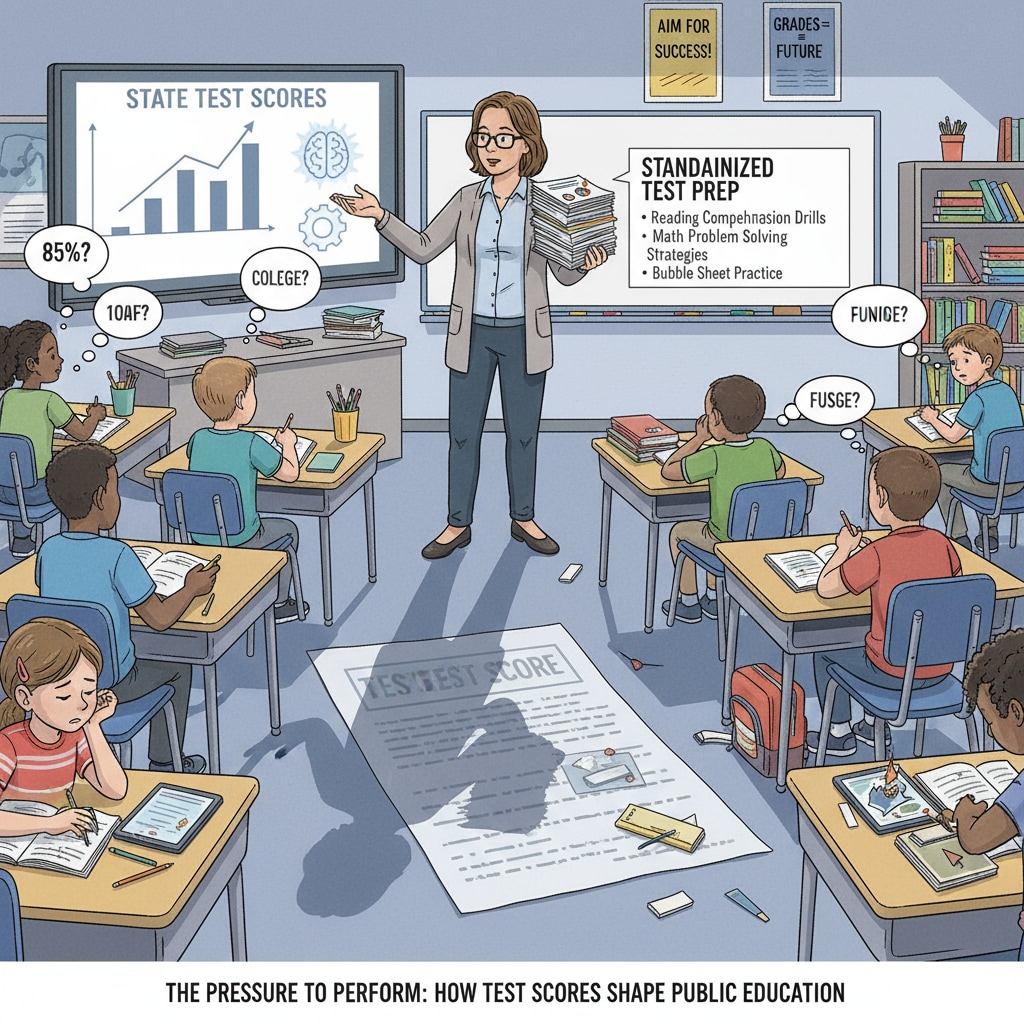In the realm of education, the relationship between education funding, test scores, and public schools is a complex and often debated topic. The United States’ education system has long grappled with finding the right balance between allocating sufficient funds and ensuring high-quality education, as reflected in students’ test scores.

One policy that brought this issue to the forefront was the “No Child Left Behind” policy.
The “No Child Left Behind” Policy: A Double-Edged Sword
The “No Child Left Behind” policy aimed to improve the performance of all students in public schools by emphasizing standardized test scores. As a result, schools received funding based on how well their students performed on these tests. This led to a situation where public schools had to focus a great deal on test preparation. For example, teachers often had to adjust their teaching curricula to align with the test requirements. No Child Left Behind Act on Wikipedia However, this overemphasis on test scores had some negative consequences.

The Quality-Quantity Conundrum
With the pressure to boost test scores for funding, the quality of education sometimes took a backseat. Many educators argued that the narrow focus on test scores limited the scope of learning. Instead of fostering creativity, critical thinking, and a love for learning, students were drilled on specific test-taking skills. In addition, schools that struggled to meet the test score benchmarks faced budget cuts, which further affected the quality of education they could provide. Education in the United States on Britannica This created a vicious cycle where lower test scores led to less funding, and less funding resulted in even lower educational quality.
As a result, it has become crucial to question whether this education model overly centered on test scores is the most effective way to educate students in public schools. There is a growing need to explore alternative approaches that can balance education funding and teaching quality more effectively.
Readability guidance: The text uses short paragraphs to present ideas clearly. Lists could be added in future sections to summarize key points. The passive语态 is used sparingly, and transition words like “however” and “in addition” are employed to connect ideas smoothly.


